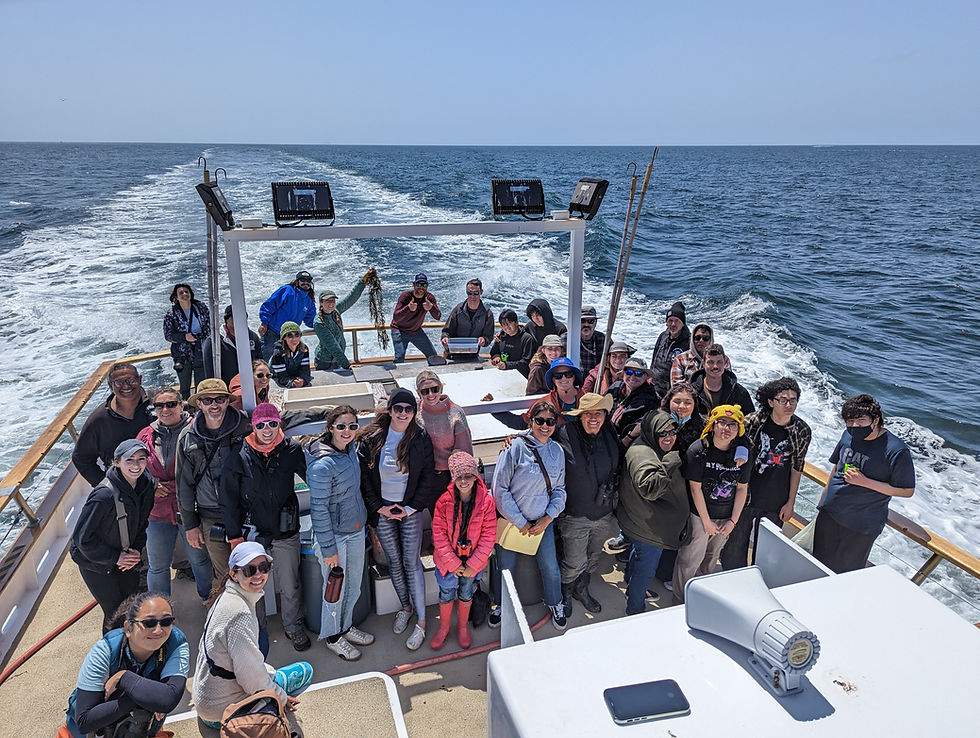New Virtual Student Art Gallery Highlighting Climate Science and Aerosols
- Climate Kids HQ

- Mar 19, 2021
- 2 min read
Our partners at the NSF Center for Aerosol Impacts on Chemistry of the Environment (CAICE) recently released a new virtual student art gallery for students who participated in the Collaborative Learning through Environmental and Aerosol Research Program (CLEAR). Check out the amazing work of these students in translating their research around climate science and aerosols.

Our partners at the NSF Center for Aerosol Impacts on Chemistry of the Environment (CAICE) recently released a new virtual student art gallery for students who participated in the Collaborative Learning through Environmental and Aerosol Research Program (CLEAR).
The CLEAR Program is designed to bring the research and science of CAICE to the public. It is an educational initiative that is designed to engage middle and high school students in learning about the chemistry of aerosols, climate, and the environment by encouraging collaboration and experimentation.
The synergistic combination of Science and Art is fundamental to the wider understanding of scientific topics, promotes new perspectives through which to see your own science, and allows for creative expression. An ethos we share here at the Climate Science Alliance.
This new gallery displays the artworks by high school students in the CLEAR program and each piece is inspired by their CLEAR Program science projects. Submitted works include, drawings, paintings, digital art, poems, and video. Check it out today!
View the CLEAR Program Art Gallery by clicking the image below:
The Climate Science Alliance partners with the NSF Center for Aerosol Impacts on Chemistry of the Environment to create materials to support community outreach on aerosols and climate change. CAICE researchers work alongside the Climate Science Alliance team to bring CAICE science to the Climate Kids program, developing educational materials focused on climate change and atmospheric chemistry. These materials are available virtually on our educational resource portal, Climate Kids Connects.






Comments